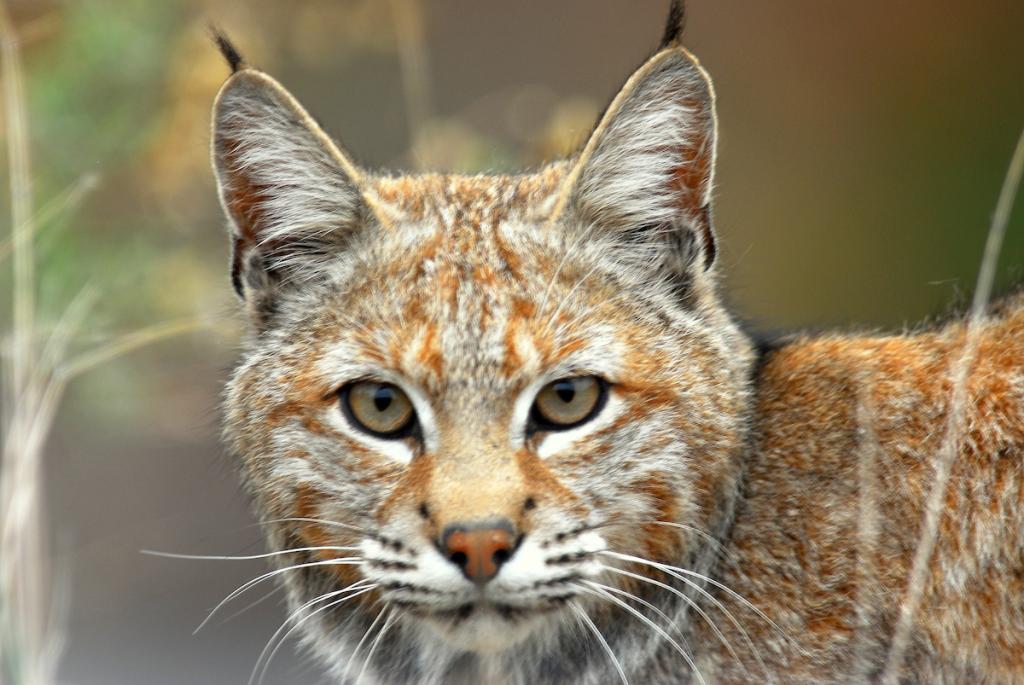CPW asks bobcat hunters to return GPS collars on harvested bobcats

 Rachael Gonzales
Rachael GonzalesNorthwest Region Public Information Officer
970-773-8587 / [email protected]
Twitter: @CPW_NW CPW asks bobcat hunters to return GPS collars on harvested bobcats

Stock image of bobcat taken by Ron Drummond.
Northwest, Colo. - Colorado Parks and Wildlife is asking bobcat hunters who harvest a bobcat with a GPS Collar to return the collar to a seal check station.
“Hunters looking to harvest a bobcat in GMUs 10 and 22 or surrounding GMUs may see bobcats with GPS collars affixed to their neck,” said Shane Frank, Wildlife Research Scientist. “Please harvest bobcats as you normally would, regardless if they have GPS collars or not. If you harvest a bobcat with a collar, we’re asking that you do not cut it off the animal. Instead, remove the hex bolts (5.5mm) to loosen the collar and remove it from the animal.”
CPW researchers have begun a pilot bobcat study in GMU 10 (Moffat County) and GMU 22 (Rio Blanco County). The goal is to capture bobcats and deploy GPS collars. Using game cameras, CPW researchers will track the movements of collared bobcats. This is the first step in a long-term study to understand bobcat population dynamics and improve the age classification of bobcats in Colorado.
Bobcat hunting season will begin Thursday, Dec. 1 and run through the end of February, 2023. CPW reminds hunters that all bobcats or their pelts must be personally presented by the hunter for inspection and sealing by CPW. Check with your preferred CPW mandatory check station/office, as bobcat sealing procedures may have temporarily changed.
Colorado Parks and Wildlife (CPW) is an enterprise agency, relying primarily on license sales, state parks fees and registration fees to support its operations, including: 43 state parks and more than 350 wildlife areas covering approximately 900,000 acres, management of fishing and hunting, wildlife watching, camping, motorized and non-motorized trails, boating and outdoor education. CPW's work contributes approximately $6 billion in total economic impact annually throughout Colorado.
DISCLAIMER: The Colorado Parks and Wildlife (CPW) website maintains press releases containing historical information that may no longer be accurate. Press releases are dated, which should be noted to determine whether the information provided is current. Please review our current regulations and brochures for up-to-date information.